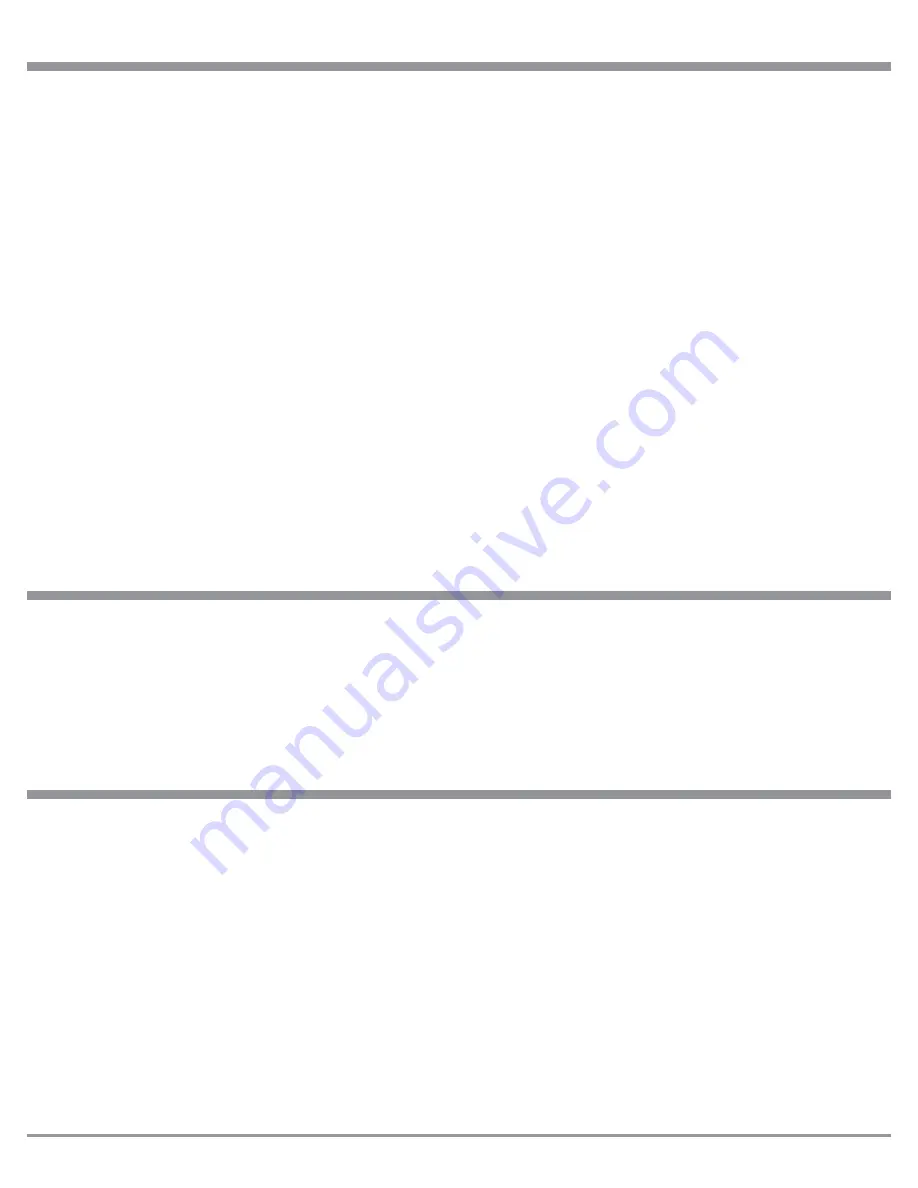
www.aztectent.com
General Hardware Care & Maintenance
The hardware components developed for this tent system requires specifi c attention during installation, cleaning, and storage to
maintain its maximum life span. Please follow the following care and maintenance guidelines provided for this product.
OXIDATION: The hardware components for this tent system have been supplied to you with specialty coatings to help limit oxidation.
With usage, these coatings will need to be maintained in order to limit oxidation and for the product reach its full intended lifespan.
With plated or powder coated steel components, any rust should be removed immediately with a stiff wire brush and sprayed with
either a galvanizing spray or durable paint to seal the steel from the elements. Anodized aluminum components will get scratched over
time and these scratched areas can develop a thin black oxidation common with mill fi nish aluminum. This black oxidation can cause
staining to any fabric components that come in contact with the pole/component. Your best preventative measure will be to avoid
scratching of the anodized coating by avoiding any sharp edges that might be come in contact with the aluminum member.
HARDWARE CLEANING: It is very important to keep your hardware components clean and free of dirt, oxidation, and other chemicals
especially if those hardware components come into contact with any fabric components during installation, use, or take-down of your
product. Any dirt, oxidation, or chemical on the surface of the hardware member can transfer the contaminant to the fabric causing
permanent staining, or permanent damage to the fabric membrane. If hardware components are found to be soiled, wipe down
immediately to remove the foreign matter.
STORAGE RECOMMENDATIONS: The hardware for the tent system shall be stored dry in a cool, dry place. Anodized aluminum
component can be stored outside, but should be covered to prevent foreign matter from collecting on the components that might stain
or damage the fabric membrane during installation or use. Any/all steel components shall be stored indoors in a dry/low humidity
environment.
INSPECTION: Prior to and after each use, each component of the tent system needs to be thoroughly inspected to assure its structural
stability has not been compromised. Hardware components that are bent, cracked, frayed, or damaged shall be immediately replaced
and not used. Specifi c attention should be paid toward any devices used for anchoring including ratchets, ropes, cables, and web
straps.
Fabric Flame Retardancy
All vinyl fabric used in the production of our tents, walls, and accessories are certifi ed fl ame retardant per NFPA 701 and the California
State Fire Marshal. These vinyl products are produced so that they are inherently fl ame retardant, and thus will never require additional
applications of fl ame retardant chemicals.
Every section of fabric produced by Aztec Tents contains a label identifying its fl ame resistance characteristics and date produced. This
label matches a hard copy of the fl ame certifi cate that is mailed to you after receipt of your goods.
If at any time you need to be issued a duplicate fl ame certifi cate, you can request one from our customer service representatives.
Please be sure to have the invoice number and date of production available when requesting duplicate fl ame certifi cates.
Anchoring
All anchoring locations must be laid out accurately as described in the manual and diagrams contained within (in advance of laying
out the fabric) to a tolerance of +/_ 4” in any direction (right or left, forward or back, up or down, etc.) All column base locations must
be laid out to a tolerance of +/- 3” in any direction for any standard supported tents and within a tolerance of +/-.5” for any product
utilizing keder channels.
A wide variety of ground anchoring devices are commonly used. Soil conditions and resulting ground anchor holding capacities vary
from site to site, and can vary within a particular site. The Owner and/or Installer of the tent is fully responsible for assuring that the
selection and installation of the anchoring devices is adequate to resist the pull out loads specifi ed in the product manual.
Reduced anchor performance can occur under wet soil conditions and needs to be accounted for. Care should be taken that water is not
allowed to drain or collect near anchors.
Anchoring device holding capacity can be developed using a single large device, or by using multiple smaller devices.
Ensure that the anchors installed are adequate to resist the pull out loads shown. Actual testing of some individual anchors to 75% of
the anchor pull-out load is recommended.
Additional installation and anchoring information entitled “The IFAI Procedural Handbook For The Safe Installation And Maintenance Of
Tentage” is published by the Tent Rental Division of the Industrial Fabric Association International (IFAI).
Summary of Contents for QWIK-TOP FRAME
Page 1: ...QWIK TOP FRAME PRODUCT MANUAL If YOU can IMAGINE it WE can BUILD it...
Page 17: ...www aztectent com...
Page 18: ...www aztectent com...
Page 20: ...www aztectent com...
Page 21: ...www aztectent com...
Page 31: ...www aztectent com...
Page 32: ......






































